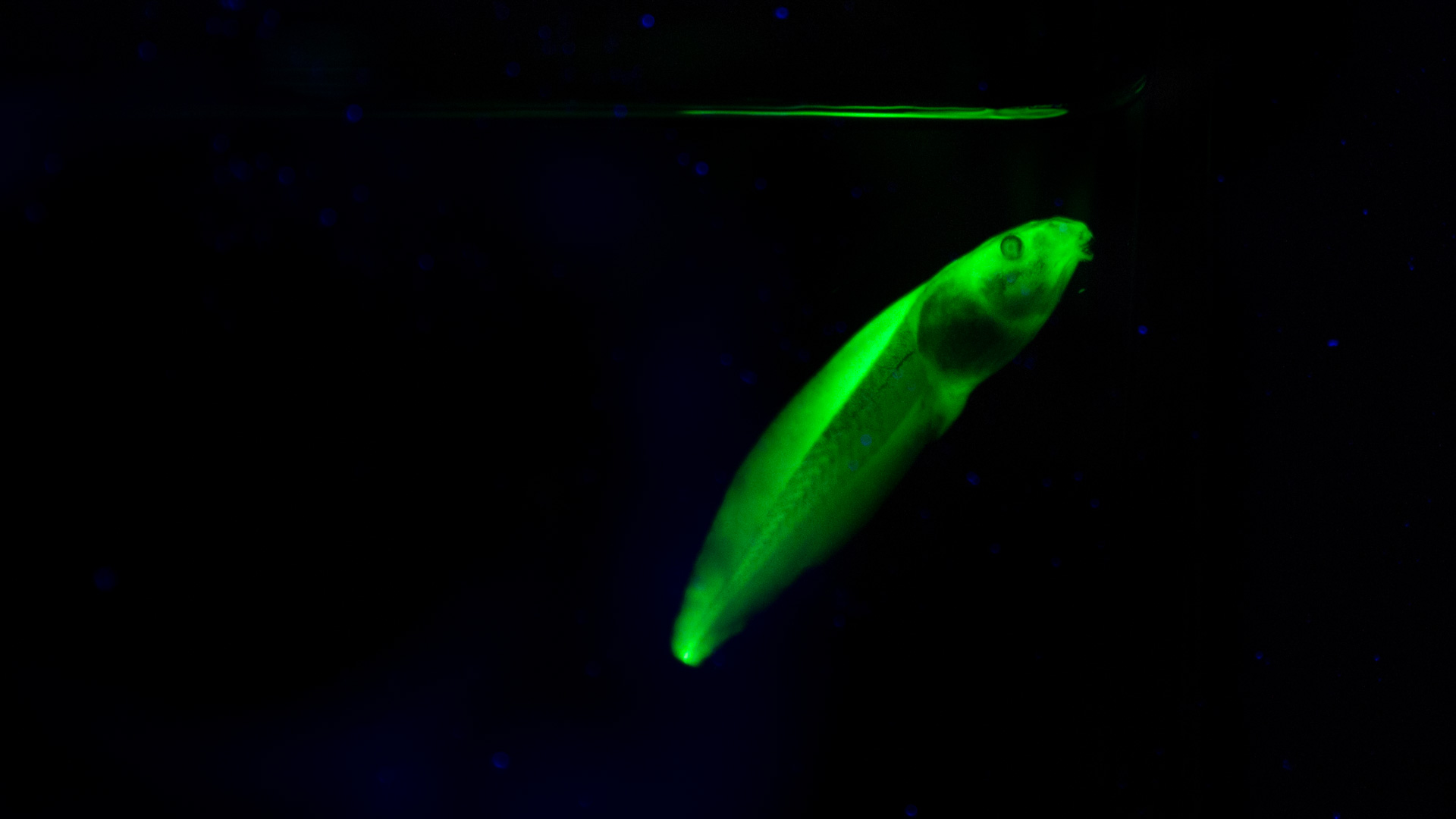My PhD research asks a simply formulated, but nearly intractable question: What is the smallest temporal and spatial scales at which functionally meaningful evolution occurs? To answer this question, I study rapid and microgeographic adaptation in wood frog populations using manipulative experiments both in the lab and field, coupled with population genomics.
You might think that evolution is something that happens over unfathomably long timespans, like the time it takes for continents to shift and icecaps to melt. Until recently, that is how most biologists thought about evolution. However, in the past few decades a number of studies have shown that evolution can occur at rapid rates (e.g. Grant and Grant, 1995; Carroll et al., 1997; Reznick et al., 1997; Losos et al. 2001; Rollins et al. 2015) especially in response to human disturbances (Johnson and Munshi-South, 2017). Despite the recent accumulation of studies investigating the topic, many insights about contemporary adaptation are still opaque. For instance, the specific mechanisms and conditions, the combinations of genetic and plastic factors, and the spatial orientations that influence rapid rates of evolution are largely unknown.
I work primarily with the wood frog (Rana sylvatica) an amazing animal with the widest range of any anuran. They can be found above the Arctic Circle in Alaska all the way down to Georgia, thanks largely to their incredible ability to adapt to extreme climates (including the ability to freeze almost completely solid in the winter!). Wood frogs make ideal study animals for rapid evolution because they exhibit relatively short generation times and are subject to strong, manifold selection throughout their life history. Imagine starting your life as a fully aquatic, fish-like, herbivorous larvae then transforming into a four-legged, terrestrial carnivore during puberty! It makes the acne and squeaking voice associated with human puberty seem mild in perspective!
Wood frogs in the Northeast appear to be evolving on short timescales in pond populations separated by just a few tens of meters, especially in correlation with light environment dictated by the canopy above the frogs’ breeding ponds. Embryos collected from the wild within 24 hours of fertilization and reared in common garden experiments exhibited significant phenotypic divergence in both embryonic (Skelly, 2004) and larval (Ligon and Skelly, 2009) developmental rates. Microgeographic divergence in behavior (Freidenburg and Skelly, 2004), physiology (Skelly and Freidenburg, 2000), and morphology (Relyea, 2002) have also been reported in these populations. This system offers an outstanding opportunity to study the dynamics of evolution at small spatial scale and rapid timelines.
This is important research because the ability for populations to adapt in contemporary timescales and small spatial scales necessarily changes how we envision populations will react to climate change, how we understand biological invasions, how we think about fragmentation, and how we delimit conservation units and designate species management.
Latest news
Arctic Genes in Alaska Magazine
An article I wrote about an expedition to collect wood frogs in the Alaska Arctic is now online at Alaska Magazine. I’ve included the teaser below, but check out the […]
Chasing Arctic Frogs
A short recipe for adventurous field science Take me to the photos! Step 1: Come up with a hair-brained scheme. My labmate Yara and I had been dreaming up the […]
Hot competition and tadpole Olympics
Our newest paper (pdf available on my publications page), led by Kaija Gahm is just out in the Journal of Experimental Zoology as part of special issue on herp physiology […]















